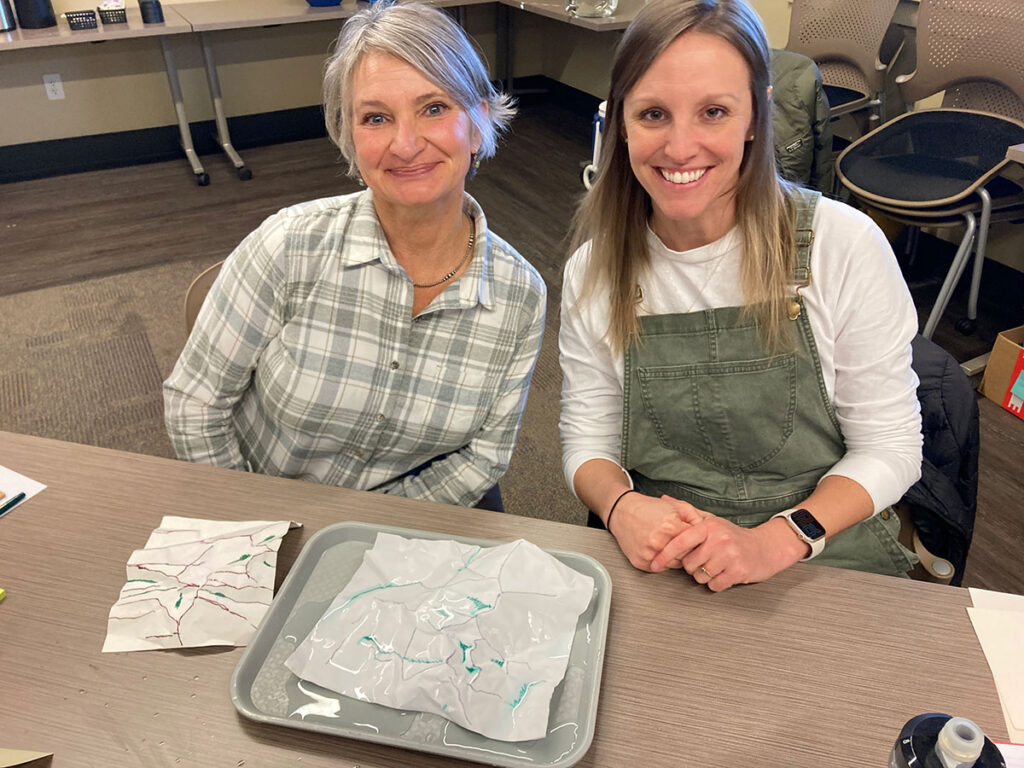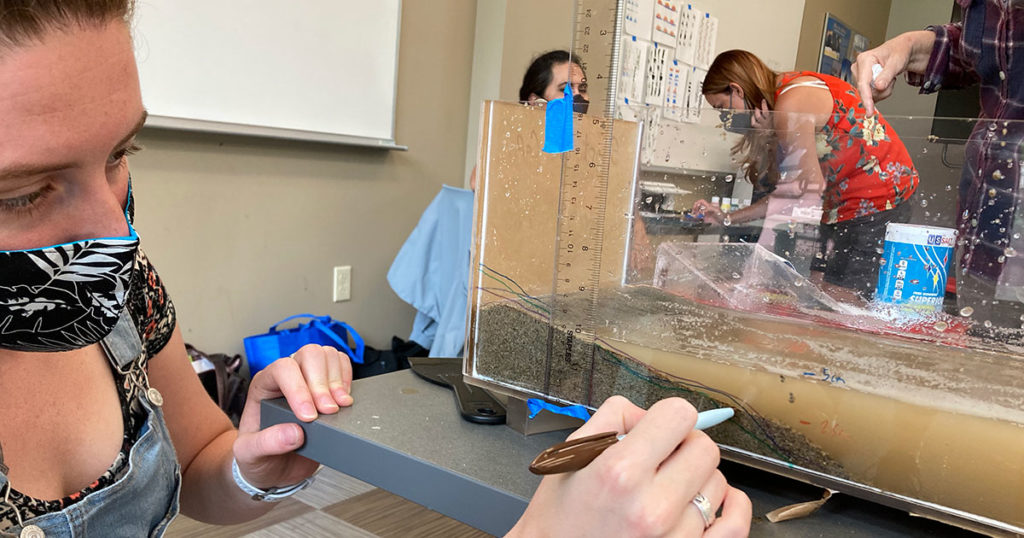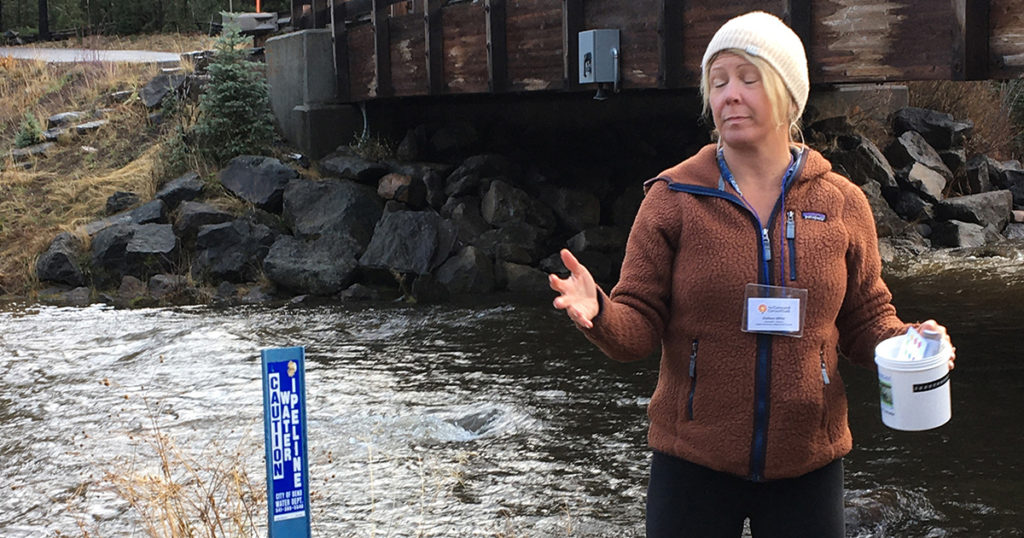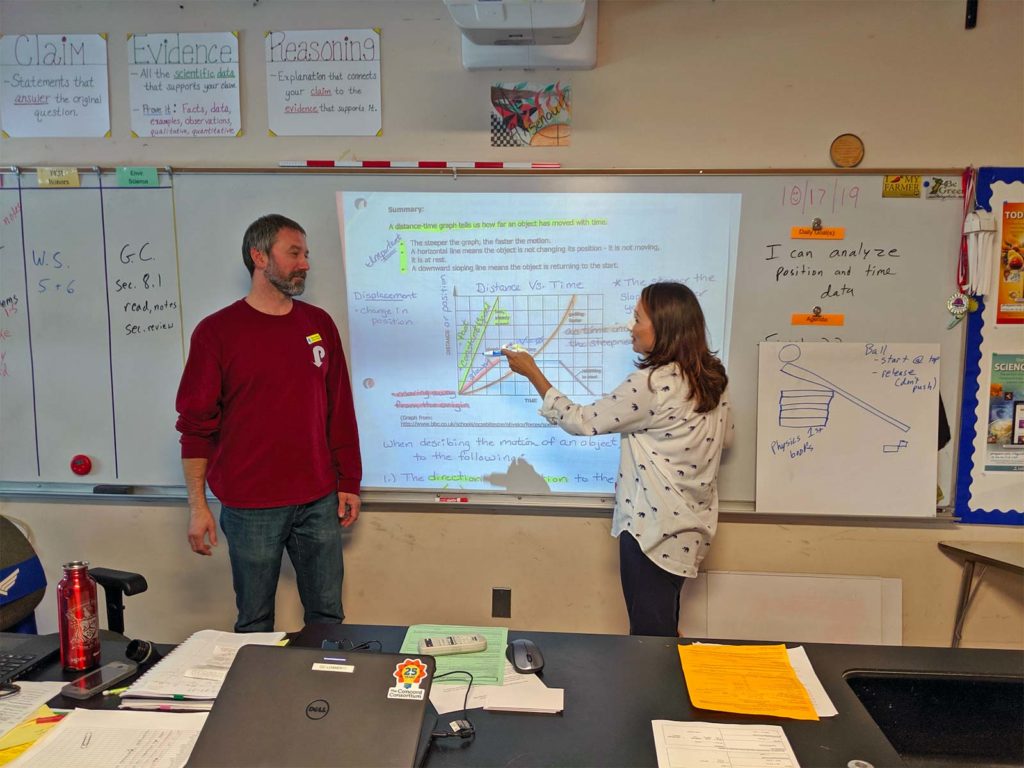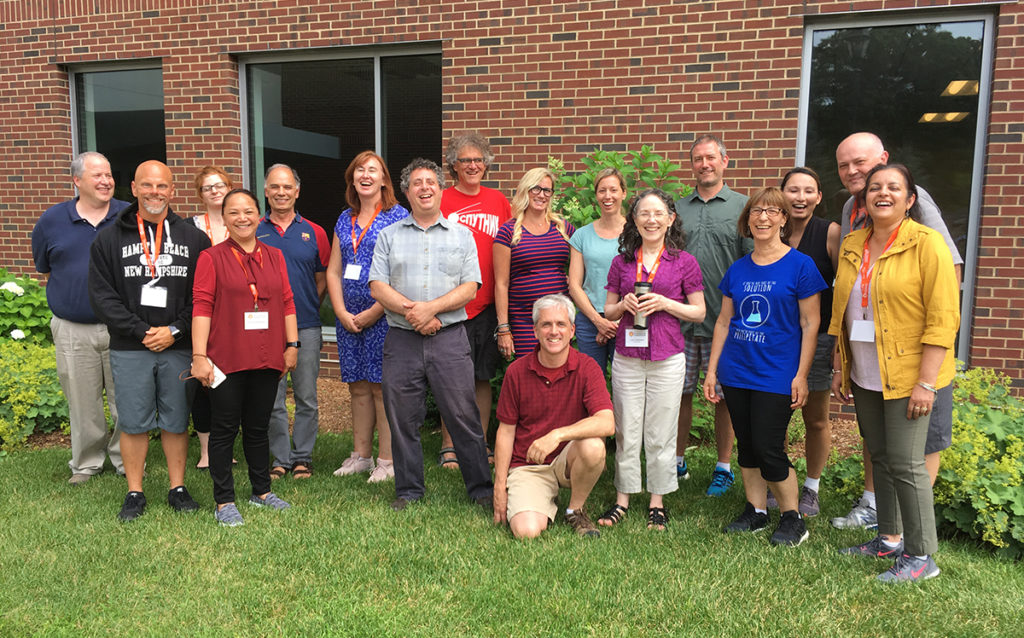Category: Author: Sarah Haavind
The WATERS (Watershed Awareness using Technology and Environmental Research for Sustainability) project recently ended with a Master Teacher Workshop at our Concord office for selected teachers who participated in the National Science Foundation (NSF)-funded research with excellence and enthusiasm. The goal of the workshop was to exchange best practices for teaching the now freely available, […]
Moths live around the world. Despite their ubiquity, they haven’t been studied nearly as much as their daytime counterparts, not even by entomologists. Butterflies have gotten most of the attention. The MothEd: Authentic Science for Elementary and Middle School Students project is exploring ways to deepen independent science inquiry learning in young learners using technology […]
With Indigenous partners from both Alaskan and Hawaiian Native backgrounds, our NSF-funded project is co-designing a middle school curriculum to bridge Indigenous and Western science approaches to understanding the effect of climate change on coastlines.
Over 100,00 miles of rivers and streams crisscross the state of Oregon, and it boasts more federally designated Wild and Scenic segments of river than anywhere else in the country. Water practically outlines the state with the Pacific Ocean on the west, the Columbia River defining much of the northern boundary with Washington, and the […]
“Teaching online is definitely challenging and different than when we are doing it in person. However, I notice my students are more focused virtually than in class. There are fewer distractions, I guess, maybe, for some, and they have to watch the demonstration as it unfolds. My students know they have to turn in their […]
Last spring, when a co-teacher in an inclusive physics classroom that is piloting our InquirySpace curriculum in Portsmouth, Rhode Island, asked if she could join our summer teacher workshop, I was elated. I was especially eager to learn how Michelle Murtha would create accommodations to make ninth grade physics accessible for her students on IEPs […]
What do teachers do over the summer? Plan for the next school year, of course! Thirteen enthusiastic teachers from seven different school districts and four states (MA, ME, RI, and CA) spent four days conducting experiments in physics, chemistry, and biology, preparing to bring new technology, curriculum, and pedagogies back to their classrooms. Biology and […]
